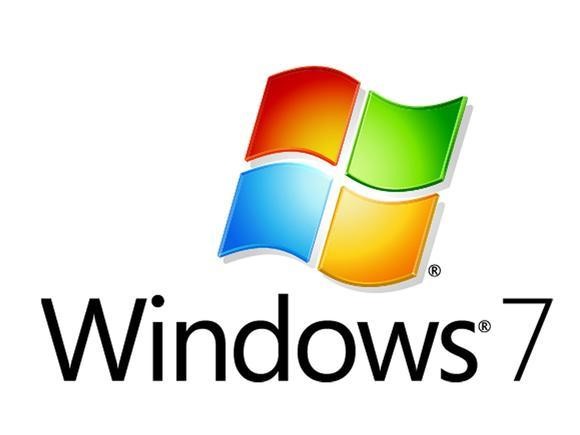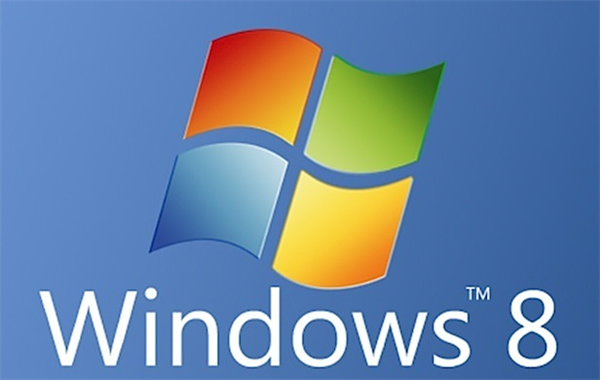-
-
products
-
resources
-
support
-
company
-
Differences Between Windows 7 and Windows 8
By Steve Horton June 03, 2013upgrading, Windows 7, windows 83 CommentsIn terms of operating system speed and legacy application compatibility, Windows 7 and Windows 8 don’t offer very drastic changes in comparison to one another compared to previous leaps between versions of Windows. The changes to the outer layer of the operating system from 7 to 8 can be pretty drastic, though, and it may not be the right path for everyone.
Read on to find out.

Windows 7, released in 2009.
Windows 8, released in 2012.What are the differences between Windows 7 and 8?
The first — and most obvious — difference between the two operating system is the Start Menu. In traditional versions of Windows, the Start Menu was accessed by clicking an icon in the corner of your screen, from where you could search for programs and files to open, or click shortcuts for the ones used most, pinned inside the menu itself.
In Windows 8, this changes drastically. The Start Menu is replaced in favor of the Start Screen, with Live Tiles updating information from the various programs you have and each taking up significant real estate on your screen. While many argue that this alone is reason to stay with Windows 7, this requires personal taste — though navigating Windows 8 without knowledge of keyboard shortcuts or a touchscreen can be less intuitive when compared to Windows 7.
Those familiar with older versions of Windows tend to lean towards Windows 7 for its familiarity.
What about Modern applications?
User interface aside, Windows 8 also offers Modern applications. Modern applications make exclusive use of the new interface and only two of them can be open at a time — and they, unlike the usual Windows programs, are designed to be used with a touch interface and optimized around it.
For tablets and PCs with touch input, Windows 8’s UI and Modern applications should demonstrate an easy, intuitive user experience. However, Windows 8 is much more difficult to navigate with mouse and keyboard — though part of these problems can be alleviated by simply switching to Desktop mode on a permanent basis or learning the extensive amount of keyboard shortcuts that have been added in Windows 8.
Windows 8 is well-optimized for older machines, but on modern and high-end computers, the performance differences between 7 and 8 are barely noteworthy — generally only notable on benchmark tests, but not with a significant enough increase or decrease to justify one operating system of the other based on performance.
Windows 8’s new UI makes reinstalling Windows and restoring it much easier than before, but it also makes it much more difficult for technicians or troubleshooters to reach vital places like Safe Mode.
So which should I choose?
At the end of the day, choosing between Windows 7 and Windows 8 just comes down to a matter of your finances and personal tastes. Try them both out and make a decision then — you’ll know which OS is better for you once you’ve given them both a test drive.
One final note: Our free application, Start Menu Reviver, can help smooth the transition between Windows 7 and Windows 8. Start Menu Reviver offers a new modern Start Menu interface that restores needed functionality to Windows 8. It also works in Windows 7. Give it a try!
Was this post helpful?YesNoFree Driver Updates
Update your drivers in less than 2 minutes to enjoy better PC performance - Free.
Free Driver Updates
Update your drivers in less than 2 minutes to enjoy better
PC performance - Free.
Didn't find your answer?Ask a question to our community of experts from around the world and receive an answer in no time at all.most relevant recent articles Pin It on Pinterest